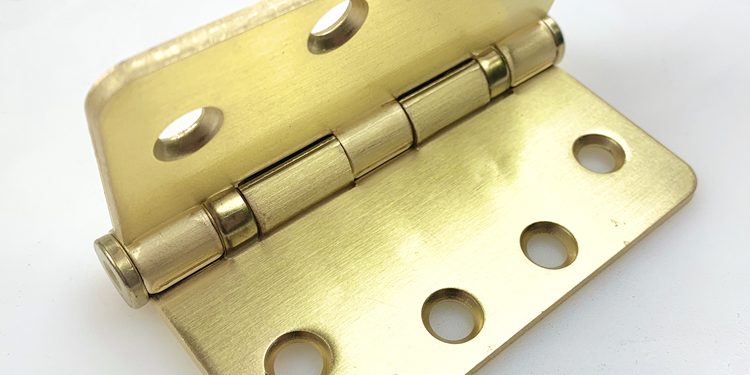Door hinges have come a long way in human history, evolving from simple and functional designs to sophisticated modern marvels. In this article, we’ll take a journey through time and explore the fascinating evolution of door hinges.
Ancient Beginnings
The history of door hinges can be traced back thousands of years. Ancient civilizations, including the Egyptians and Greeks, used rudimentary hinges made of wood and metal for their doors. These early hinges primarily served the purpose of enabling doors to swing open and closed.
Medieval Advancements
During the Middle Ages, hinges evolved to become more decorative and complex. Blacksmiths crafted intricate designs and added decorative elements to hinges, turning them into a statement piece for grand entrances in castles and churches.
Industrial Revolution
The Industrial Revolution marked a significant turning point in hinge manufacturing. Mass production techniques allowed for the creation of standardized hinges, making them more affordable and accessible to a broader population. The introduction of ball bearings and innovative hinge designs improved functionality and durability.
Modern Innovations
In the 20th and 21st centuries, door hinges saw numerous innovations. Materials such as stainless steel and brass became popular choices due to their corrosion resistance. Specialized hinges for various applications, including concealed hinges for cabinet doors and self-closing hinges for residential doors, were developed.
Smart Hinges
Today, we’re witnessing the rise of smart hinges that integrate technology for enhanced security and convenience. These hinges can be connected to smart home systems, allowing homeowners to monitor and control door access remotely.
Conclusion
The history of door hinges is a testament to human ingenuity and the quest for both functionality and aesthetics. From ancient origins to modern innovations, door hinges have evolved significantly, contributing to the convenience, security, and beauty of our homes and buildings.







